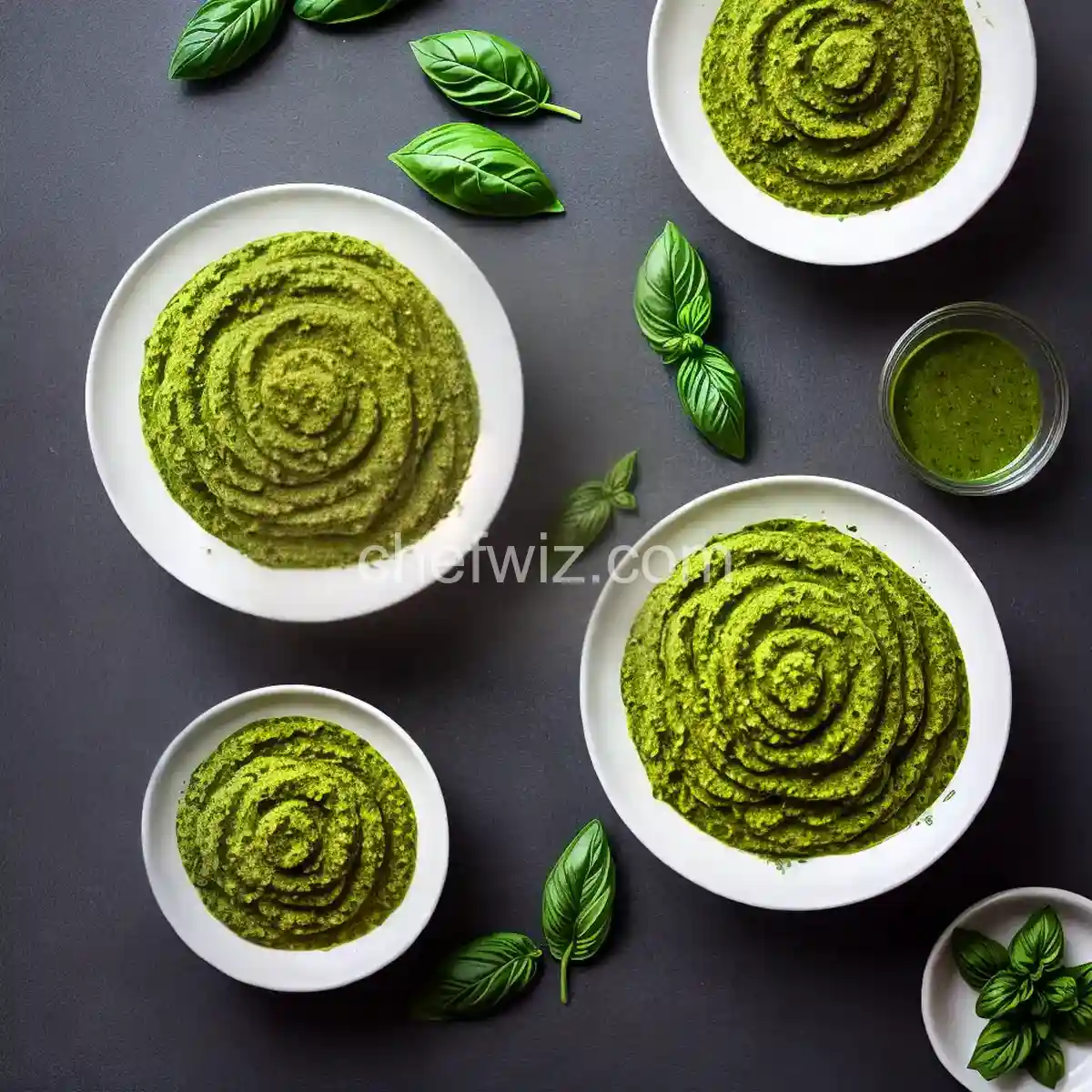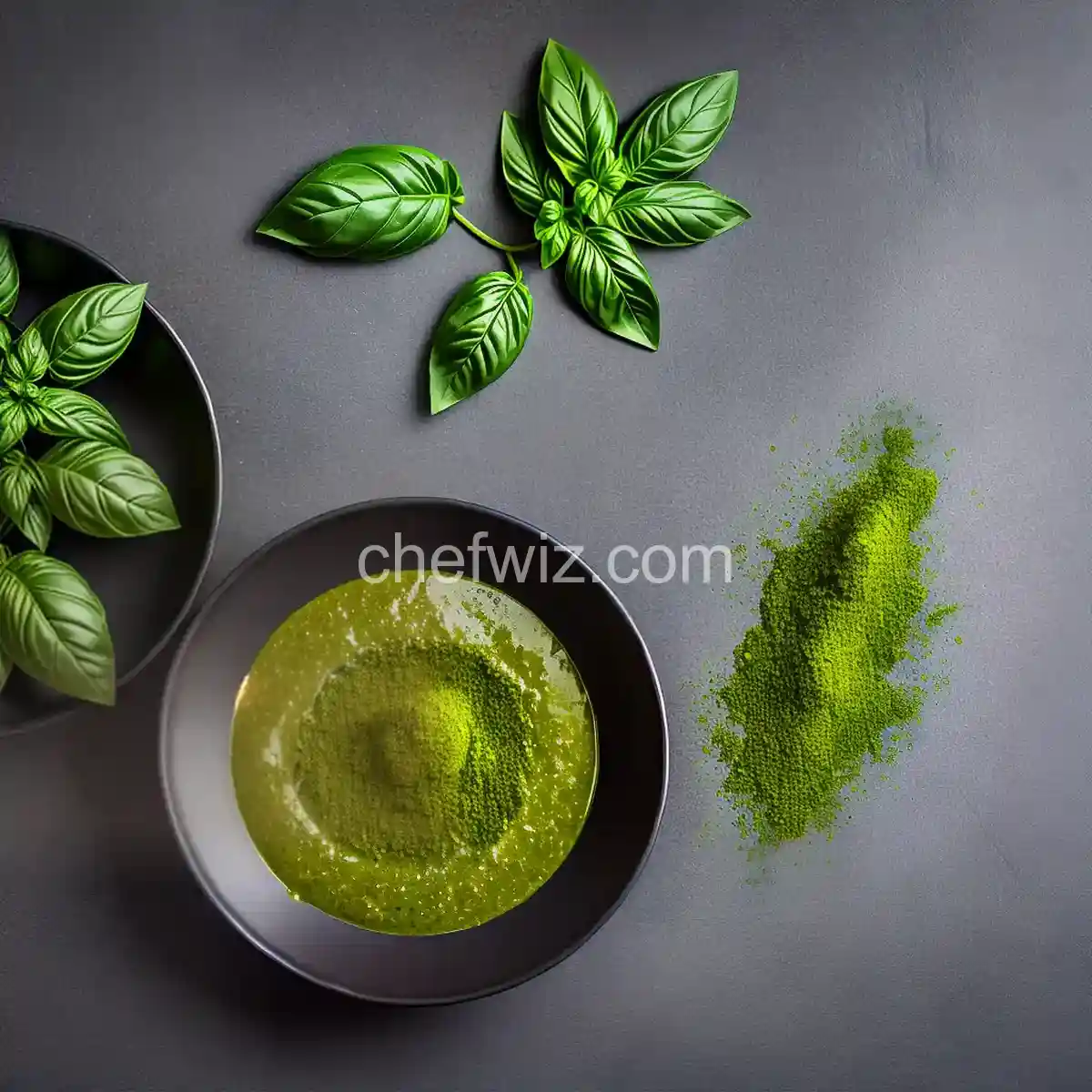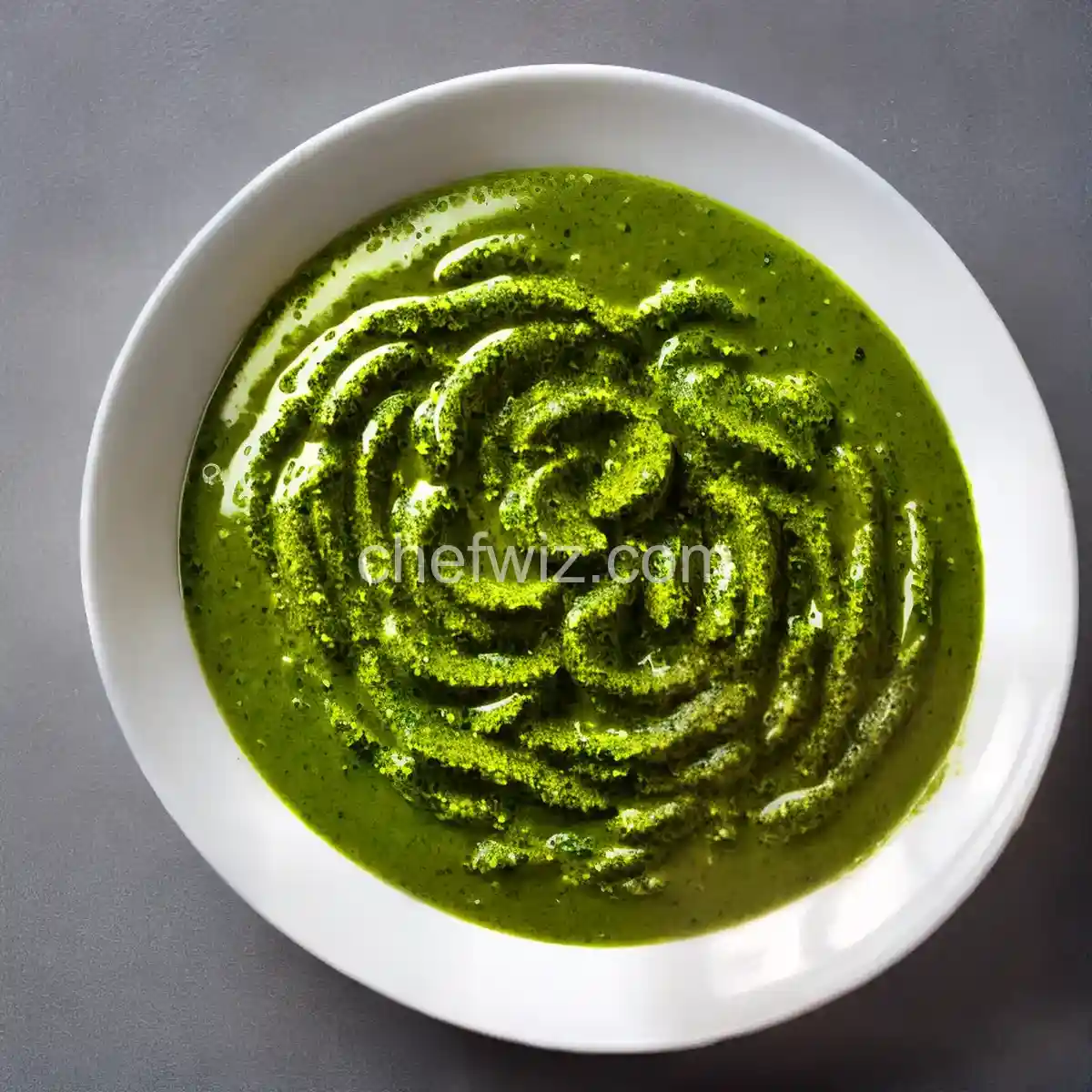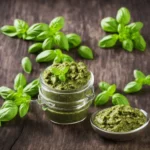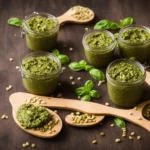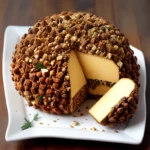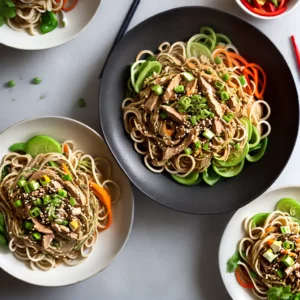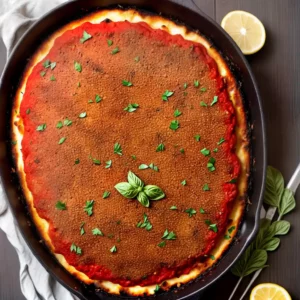Basil 101: Pesto
Have you ever wondered how to make the perfect pesto sauce that bursts with flavor? Look no further than the star ingredient: basil. In this article, we will delve into the world of basil, exploring its origins, benefits, and how to use it to create the most delightful pesto dishes. So, grab your mortar and pestle, and let’s get started!
The Origins of Basil
Basil has a rich history that dates back centuries. It is believed to have originated in India and then spread to other parts of the world. This aromatic herb has not only been used in culinary traditions but also in medicinal practices. The ancient Greeks and Romans considered basil as a symbol of love and fertility. Today, it is widely cultivated and cherished in various cuisines worldwide.
Benefits of Basil
Not only does basil add a burst of flavor to your dishes, but it also offers numerous health benefits. This herb is packed with essential nutrients, such as vitamins A, K, and C, as well as minerals like calcium and iron. Basil is also known for its anti-inflammatory properties and its ability to support digestion. Adding basil to your diet can enhance the taste of your food while boosting your overall well-being.
Creating the Perfect Pesto
Now, let’s talk about the main event: pesto. Pesto is a classic Italian sauce made primarily with basil, garlic, pine nuts, Parmesan cheese, and olive oil. The key to a delicious pesto lies in the quality and freshness of the ingredients. When making pesto, ensure that your basil leaves are vibrant green and aromatic. Combining these ingredients in the right proportions and processing them with care will result in a pesto that will elevate your dishes to new heights.
Step 1: Gather Your Ingredients
Before starting your pesto-making adventure, gather all the necessary ingredients. You will need fresh basil leaves, garlic cloves, pine nuts, Parmesan cheese, olive oil, salt, and pepper. Remember, the quality of your ingredients will greatly impact the final taste of your pesto.
Step 2: Toast the Pine Nuts
Toasting the pine nuts will enhance their flavor and add a delightful crunch to your pesto. Simply place the pine nuts in a dry skillet over medium heat and toast them until they turn golden brown. Be sure to keep an eye on them, as they can quickly burn!
Step 3: Blend and Emulsify
Once your pine nuts are toasted, it’s time to bring all the ingredients together. In a food processor or a mortar and pestle, combine the basil leaves, garlic cloves, toasted pine nuts, Parmesan cheese, salt, and pepper. Slowly drizzle in the olive oil while blending to create a smooth and creamy consistency. Taste and adjust the seasoning as needed.
Pro Tip: Emulsify for Extra Creaminess
If you want an even creamier pesto, try emulsifying the sauce. To do this, add a small amount of cold water or reserved pasta cooking water to the pesto while blending. This will create a velvety texture that clings beautifully to your pasta.
Step 4: Enjoy!
Your homemade pesto is now ready to be enjoyed. Toss it with your favorite pasta, spread it on toasted bread, or use it as a flavorful marinade. The possibilities are endless, and the taste is simply divine!
Frequently Asked Questions
Q: Can I freeze homemade pesto?
A: Absolutely! Homemade pesto can be frozen for future use. Simply divide it into small portions and store in airtight containers or ice cube trays. When you’re ready to use it, thaw it in the refrigerator overnight or defrost it in the microwave.
Q: What are some variations of pesto?
A: While the classic pesto recipe calls for basil, you can experiment with different herbs and greens. Try making pesto with arugula, spinach, or even kale for a unique twist. You can also substitute the pine nuts with walnuts or almonds for a different flavor profile.
Q: Can I make pesto without cheese?
A: If you’re lactose intolerant or following a dairy-free diet, you can omit the cheese from your pesto recipe. It will still be delicious and packed with flavor. Alternatively, you can use nutritional yeast as a cheese substitute for a similar umami taste.
Q: How long does homemade pesto last?
A: Homemade pesto can be stored in the refrigerator for up to a week. To prolong its shelf life, pour a thin layer of olive oil on top to create a barrier against air. This will help maintain its vibrant green color and freshness.
Q: Can I use dried basil instead of fresh?
A: While fresh basil is preferred for pesto, you can use dried basil in a pinch. However, keep in mind that the flavor will not be as vibrant and aromatic as using fresh basil leaves.
Q: Can I make pesto without nuts?
A: Yes, you can make pesto without nuts. Simply omit the pine nuts or substitute them with sunflower seeds or pumpkin seeds for a similar texture and nutty flavor.
Q: Can I use a blender instead of a food processor?
A: Yes, you can use a blender instead of a food processor to make pesto. However, be cautious not to over-blend the ingredients, as it may result in a pureed consistency rather than a chunky sauce.
Q: Can I use olive oil substitutes in pesto?
A: Olive oil is an integral part of pesto, as it contributes to its distinct flavor. However, if you don’t have olive oil on hand, you can use other neutral oils like avocado oil or grapeseed oil as a substitute.
In Conclusion
Basil is a versatile herb that adds a delightful touch to any dish, especially when transformed into the classic pesto sauce. By following these simple steps and experimenting with different variations, you can create pesto that will impress even the most discerning taste buds. So, go ahead,

Basil 101: Pesto
Ingredients
- 1/2 cup pine nuts , toasted
- 2 tablespoons lemon juice
- 1 small clove of garlic
- 1/4 teaspoon sea salt
- A pinch of freshly ground black pepper
- 2 cups basil leaves
- 1/4 cup extra-virgin olive oil
- 1/4 cup grated Parmesan cheese
Instructions
- In a food processor, blend together the pine nuts, lemon juice, garlic, salt, and pepper until they are finely chopped.
- Add the basil to the food processor and pulse until it is mixed in.
- While the food processor is running, slowly pour in the olive oil and continue to pulse until everything is well combined.
- If desired, add the parmesan cheese and pulse briefly to combine.
- For a smoother consistency, add more olive oil to the pesto.

